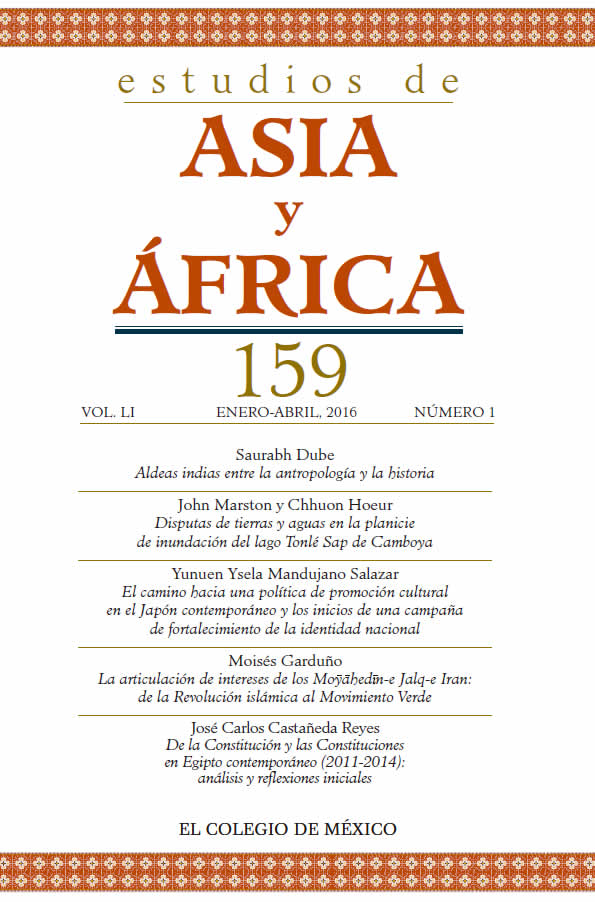Abstract
This essay considers the village in India as at once a concept and an entity. On the one hand, the multiple mappings and acute ambivalences surrounding the village, which I track, hold a mirror up to the past and present of the anthropology/sociology of India, including disciplinary linkages with state and nation. On the other hand, the distinct articulations and discrete expressionsof villages in the Chhattisgarh region of central India act as a prism, reflecting and refracting the designs and details of empire and modernity, the mission project and a vernacular Christianity, official law (and order) and quotidian legalities (and illegalities). Together, the essay approaches villages as being construed and inhabited through conventions of meaning and practice of scholarly and social worlds, worlds that come together and fall apart. Here, the village insinuates more than merely an object of understanding to intimate rather than a condition of knowing.
The essay takes the form of a patchwork that begins by threading together while equally unraveling patterns of the village in the historical and ethnographic fabrics of twentieth century India. It has three parts, each interwoven with the other in a manner that allows all three to overlap with yet also extend one another. To start off, I raise critical questions concerning the past and the present of the village in the anthropology of India, queries that set the stage for the steps ahead. Next, I highlight the place of the village in processes of evangelical enmeshments. Finally, I turn to the salience of the village in the entanglements between colonial, modern law and popular, coeval legalities. Thus, drawing on aspects of my earlier writing and ongoing research, the effort is to explore the village as simultaneously articulated by and illustrative of broad designs as well as intimate textures of anthropological knowledge and disciplinary configurations, empire and modernity, Christianity and conversion, and state and nation.
All of this is tied to yet another purpose of this patchwork design. The purpose is wide and upfront, indeed critically motivated in its own manner. Registering the ways in which materials, objects, and subjects of research —in this case, documents for the study of villages but also the villages themselves, especially their inhabitants and those who study (in) them— are found, lost, and regained, the patchwork reveals, too, the contingency that marks scholarly
undertakings. To face up to such contingency is to abandon the conceits
of a hyper-muscular scholarship, posing as disinterested science, which always knows where it has begun and already knows how it would end. Instead, it is the intention here to prudently probe the shifting scholarly construal of objects, subjects, and research, not the least in our own endeavors.
This work is licensed under a Creative Commons Attribution-NonCommercial-NoDerivatives 4.0 International License
Copyright 2022 Estudios de Asia y África


